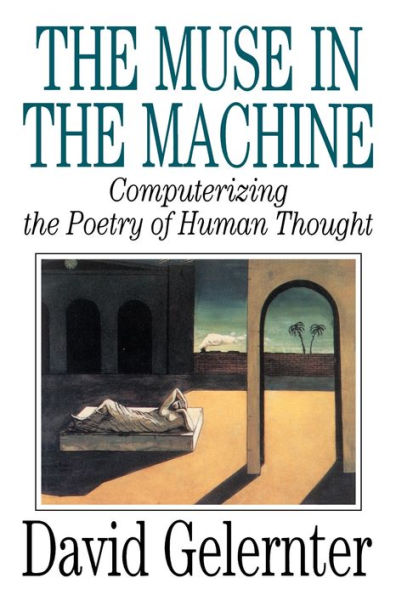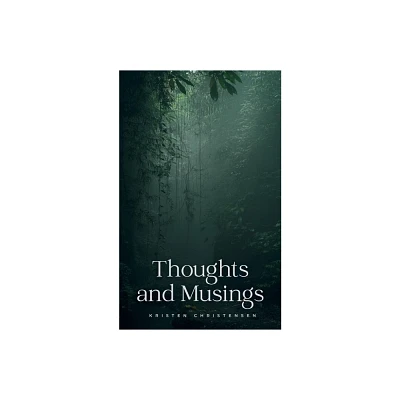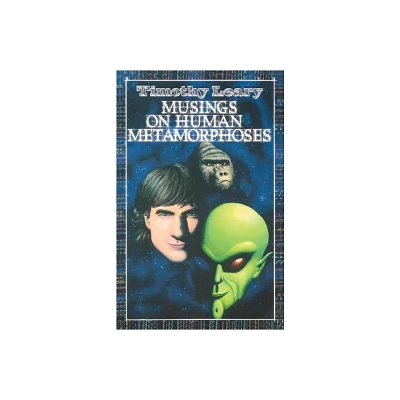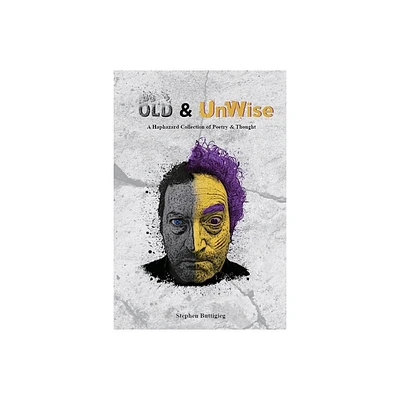Home
the Muse Machine: Computerizing Poetry of Human Thought
Loading Inventory...
Barnes and Noble
the Muse Machine: Computerizing Poetry of Human Thought
Current price: $16.95


Barnes and Noble
the Muse Machine: Computerizing Poetry of Human Thought
Current price: $16.95
Loading Inventory...
Size: Paperback
*Product Information may vary - to confirm product availability, pricing, and additional information please contact Barnes and Noble
A leading mind in the world of artificial intelligence answers the provocative question: “Can we introduce emotion into the computer?”
Can we introduce emotion into the computer? David Gelernter, one of the leading lights in artificial intelligence today, begins
The Muse in the Machine
with this provocative question. In providing an answer, he not only points to a future revolution in computers, but radically changes our views of the human mind itself. Bringing together insights from computer science, cognitive psychology, philosophy of mind, and literary theory, David Gelernter presents what is sure to be a much debated view of how humans have thought, how we think today, and how computers will learn to think in the future.
Can we introduce emotion into the computer? David Gelernter, one of the leading lights in artificial intelligence today, begins
The Muse in the Machine
with this provocative question. In providing an answer, he not only points to a future revolution in computers, but radically changes our views of the human mind itself. Bringing together insights from computer science, cognitive psychology, philosophy of mind, and literary theory, David Gelernter presents what is sure to be a much debated view of how humans have thought, how we think today, and how computers will learn to think in the future.

















